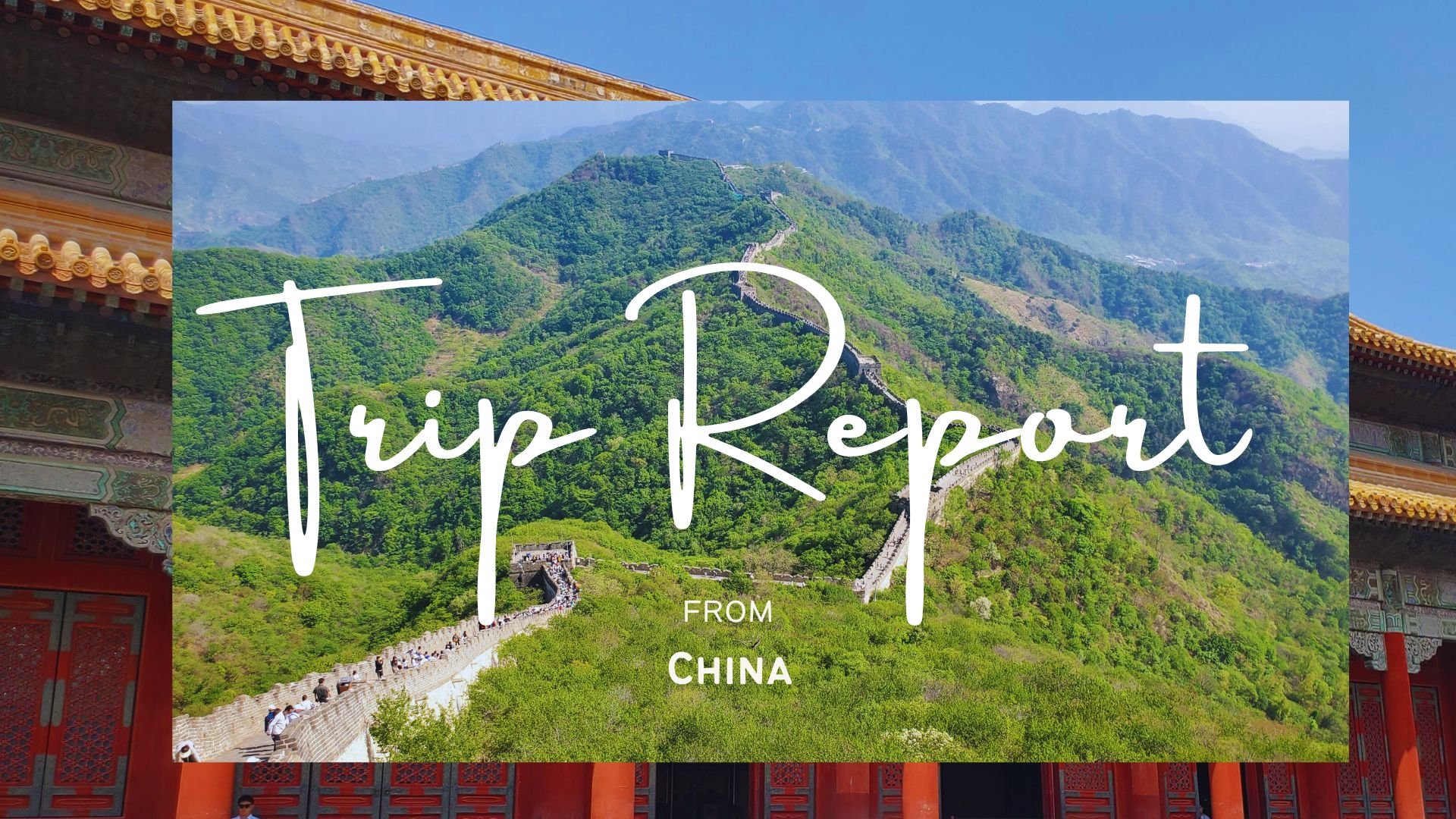20 Excellent Tips To Delicious Chinese Dishes to Try
20 Excellent Tips To Delicious Chinese Dishes to Try
Blog Article
Top 10 Tips On Shopping Bargaining And Etiquette In China
1. Tip: Negotiate more by starting with a lower price and being respectful. Make sure you are and firmly, but with respect.
Pro: It helps establish your position without offending the seller.
Cons The idea of starting too low can make sellers unhappy with items that have lower margins.
2. Find out the market value
Tips: Find out the cost of the item prior to purchase to ensure you don't overpay.
Pros: It prevents fraud and helps build confidence during negotiations.
Cons: Researching hand-crafted or unique items can take time especially if they're not easy to find.
3. Show Genuine Intent
Tips. Sellers will bargain if they feel that you're serious about purchasing.
Pro: Creates a rapport with the client and improves their chances of obtaining the best price.
Pro: A high-energy attitude may signal a willingness for you to pay more, which could compromise your position.
4. Walking Abrasively
Tip: If it isn't possible to notice a price reduction, take your time and walk away. Sellers might call you back to offer a lower price.
Pro: A powerful strategy to get the best possible cost.
Cons: It could backfire in the event that the seller is unable to lower the price of a product, especially when it's highly sought-after.
5. Learn Basic Mandarin Phrases
Tip: Phrases like "Tai gui le!" (Too expensive!) or "Pianyi Yidian Ba" (Can you reduce the cost?) Show effort.
Pro: It makes the negotiation more personal, and usually softens the seller's position.
Cons: Language that is limited may not help in more complicated negotiations.
6. Be patient and calm
Negotiations take time. To avoid looking stressed, maintain a calm and composed demeanor.
Pro: Sellers reward calm and consistent buyers with better bargains.
Con: This requires a great deal of effort and time in order to be successful, especially if you are in crowded markets.
7. Bring Cash
Cash payments are more likely be accepted by sellers than digital payments.
Pro: Cash-on-delivery offers especially with smaller vendors, can result in discounts.
Con: It is risky to carry cash on the streets because of pickpockets.
8. Group Discounts
Tip: If buying multiple items, ask for a bulk discount.
Pro: Increases bargaining power leading to a better price.
Cons: You may need to buy more items which don't always meet your needs.
9. You don't need to be afraid to reject.
Tips: Be polite and walk away if a seller refuses to lower the price within your budget.
Pros: Prevents buyers from regret and helps you adhere to your budget.
Cons: You may not get a product you've always desired.
10. Learn When to Not Bargain
Shopping in department stores or boutiques with high-end prices is not the place to bargain.
Pro: Avoids embarrassment, and keeps respect for cultural differences.
Con: Certain settings limit your ability to bargain.
The benefits of bartering with Chinese People
Reduces Cost: Negotiating is a great way to drastically reduce the cost of items.
Cultural Experience: Bargaining is a great way to get a better understanding of the local culture and customs.
Personal Interaction: Builds relationships with local sellers.
The Cons of Bargaining In China
Haggling can be time-consuming for shoppers who are new particularly.
Language Barrier: Communication can be difficult if you do not know Mandarin.
It is stressful, and not everyone likes to bargain.
With these tricks, you'll navigate Chinese markets with ease and will enjoy the art of haggling in your journey through Chinese culture! View the top start your journey to this site for website examples including shenzhen golf club, chinese stone lion the common ornament in chinese traditional architecture, shaoxing wine the best yellow wine in china, the color of dress in china, shanghais winter wonderland festivals lights and fun, honey lake country club, eating in guiyang, wuzhi mountain wuzhi shan five finger mountain, shopping in kashgar, zhangjiajie tour maps and more.
Top 10 Tips For Seasonal Trips To Famous Temples In China
1. Visit the temples during Off-Season(Autumn/Winter).Tip. You should consider visiting the famous Chinese temples during times when the weather is cool (usually from November to February). The time of year when less visitors are visiting and the weather tends to be more pleasant.
Pro: Less crowded, offering a more peaceful and contemplative experience.
Cons: The weather may be colder and this could make outdoor temple visits uncomfortable.
2. Be Prepared for Extreme Weather
The temperature can vary greatly during different seasons. Winters can be brutally cold, but summers are often scorching. Make sure you check the forecast and pack accordingly.
Pro: Be prepared for all weather conditions, and take pleasure in your journey in comfort.
Con The challenge of packing for extremes of the seasons can be difficult, especially in light travel.
3. Visits in the summer and spring for lively Flora
Tips: If you visit temples between spring and summer You can take in beautiful gardens with blooming flowers and lush landscapes.
The temple grounds are a beautiful place to visit.
Con: Summers are often extremely hot and packed particularly around national holidays.
4. Consider Festivals and Special Event
Make sure to plan your visit so that it coincides with festivals that are traditional, such as the Chinese New Year (January/February) and the Mid-Autumn Festival. These events permit you to participate in ceremonies, rituals and enjoy the rich tradition of the temple.
Pro: There are numerous temples that offer traditional and exciting activities. This is a great opportunity to discover a new worldview.
Con: Temples can be extremely crowded. Accommodation prices may be higher during festivals.
5. Beware of Peak Holiday Seasons
Avoid visiting during peak tourist season (e.g. Chinese New Year or Golden Week in October) as temples can be crowded both with international and local tourists.
Pro: Peaceful visits, with no crowds. Provides a spiritual experience.
Con: You could not be able to attend some of the most exciting festivals when they are at their peak.
6. Be aware of Temple Closures during Winter
Certain temples are closed, or have restricted opening hours during winter. Always verify the time ahead.
Benefits: It eliminates trips that aren't needed and lets you plan other events in advance.
Cons: There could be a cut in operating hours or temples shut completely during renovations.
7. Early Morning Visits to the Beach in the Summertime
Be sure to arrive early in the day to avoid the scorching heat of midday. Temples often open their doors early in the morning. The air is quieter and less crowded.
Cons Pros: The crowds aren't as loud and the temperature is cooler.
Con: It might not be for all.
8. Be prepared for rain in the Summer.
Tip Note: Heavy rains are common in the summer months, particularly in the southern region of China. Take an umbrella and rain gear if you are travelling during this period.
Pro: The temple remains stunning even when it's raining.
Cons: Rain can make outdoor activities unusable and the temple grounds can be slippery.
9. The best time of the year is in autumn to visit temples in the mountains
The autumn foliage and the pleasant weather makes it a perfect time to visit mountainous temples (e.g. Mount Wutai, Mount Emei).
Pros: The cooler temperatures make outdoor activities and hiking more pleasant, and the views from the mountains are stunning.
Con: Popular mountain shrines still attract large crowds at weekends and during holidays.
10. Check out the Lunar Calendar for Specific Events
Tips Many temples, particularly in China, follow the lunar calendar. That means certain ceremonies and events have a lunar date. Check the calendar for important temple events, such as Buddha's birth as well as the Lantern Festival and other ceremonies.
Pro: Unique cultural experiences and deeper understanding of local spiritual practices.
Con: It can take extra time to study and plan around the lunar calendar, and some events might not be aligned with your travel dates.
The advantages of a seasonal excursion to Chinese temples
A smaller crowd: Visits outside of the season are a quiet and reflective experience.
Festivals: Cultural festivals provide an opportunity to learn more about local customs, both religious and cultural.
The beauty of the landscape. In the spring or autumn, you will provide stunning scenery. The beautiful gardens that surround temples are also a great alternative.
Exploring Tempel is more enjoyable in the autumn and winter months.
Cons of visiting Chinese temples during the Chinese festival
Unpredictable Climate: Winters may be cold or summers too hot.
Temple Closures: A few temples are restricted in hours of operation or are shut in extreme weather conditions or off-season.
At popular events can attract large numbers of people, making it difficult for you to fully appreciate the temple’s tranquil ambience.
Limited Activities Some events during the season and ceremonies may not be held when you arrive later than the timeframe.
Plan your trip to the world-renowned Chinese temples in the appropriate time of year will ensure that you enjoy a meaningful and enjoyable experience. Whether you're looking for peaceful quiet or a celebration of culture Understanding the changing seasons can assist you in making the most out of your trip. Check out the recommended see details about this location for more advice including a wonderful landscape painting lijiang river, wuxi a shining pearl of taihu lake, xiang cuisine.html, wang zhaojun one of the four beauties in ancient china, shopping in harbin, shopping in suzhou, tours for the disabled, hua diao the most famous shaoxing yellow wine, the master of nets garden the hall of ten thousand books, guanlin temple and more.